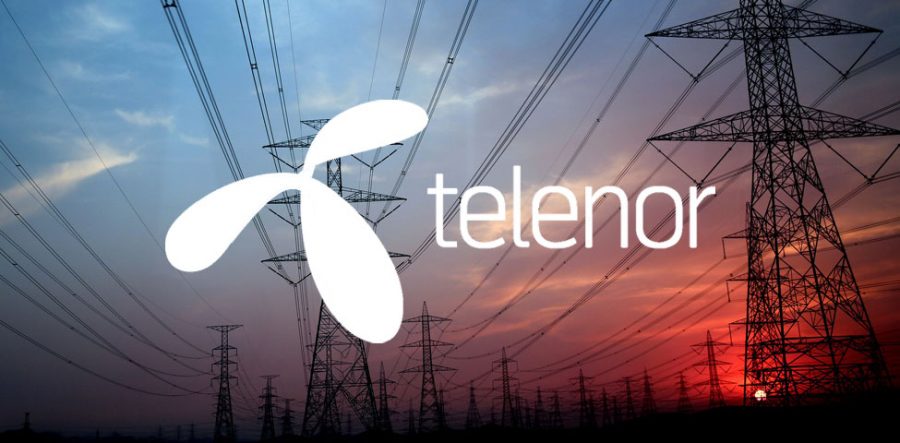Telenor Pakistan Legacy Energy Network Transformation
The GSM Association (“Association”) makes no representation, warranty or undertaking (express or implied) with respect to and does not accept any responsibility for, and hereby disclaims liability for the accuracy or completeness or timeliness of the information contained in this document.
Executive Summary
This case study focuses on both the challenges and achievements delivered by Telenor’s energy efficiency network transformation, which focused upon a 5 point Energy Management Plan (EMP) to address the challenges of supply, unpredictability and sustainability.
- Ensure fuel-efficient, reliable sources of power and use more efficient generators as a backup source
- Development of a stronger energy storage backbone through the implementation of a remote monitoring system
- Modernisation of equipment
- Site sharing
- Implementing common technical and commercial KPIs and enabling smart operations.
Energy efficiency is a critical requirement of all business units owing to increasing equipment loads with the evolution of new technologies, and the ever-rising price of electricity and fuel. For businesses operating in South Asian countries such as Pakistan, Bangladesh, and Myanmar, the unavailability of grid power is a significant concern and challenge.
Telenor Pakistan is a 100% owned business unit of the Telenor Group, and it has a footprint spanning throughout the country with a network of more than ~11,500 sites. Having a subscriber base of over 44.7 Million, it is the second-largest mobile operator in Pakistan.
Since its launch in 2005, Telenor Pakistan has put the mission of empowering Pakistan at the core of its business, bringing new services to customers and advancing digital and financial inclusion to the underserved. Telenor’s comprehensive digital ecosystem offers technology-enabled innovation to facilitate digital penetration across all economic tiers. Expanding digital campaign in Pakistan is primarily driven by its large population; it is home to 59 million smartphone users, which is expected to grow as the title of the fifth largest population in the world is not far from its grasp. Telenor Pakistan contributes towards the sustainable development of the society through various initiatives that revolve around Mobile Identity, Digital Learning, Safe use of the Internet, Inclusion, Health, and Emergency Response.
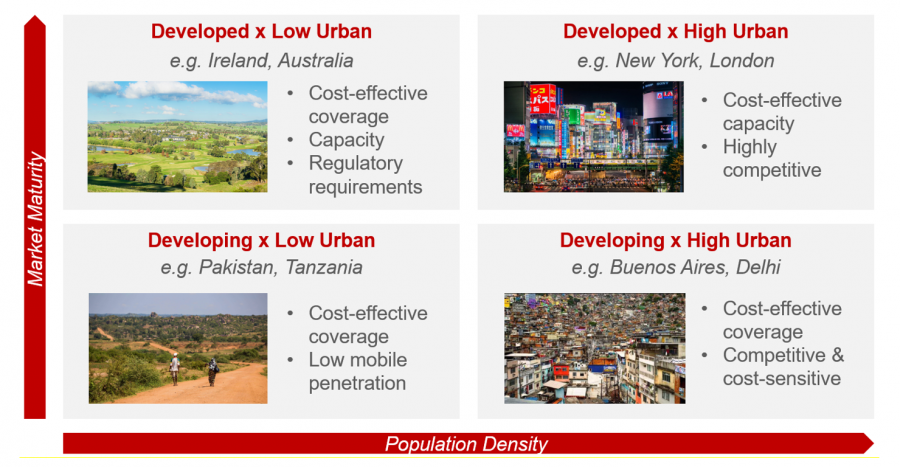
1. Introduction
Telenor Group has a history of over 160 years and is one of the world’s major mobile operators across Scandinavia and Asia. Operating in 9 business units, it has a cumulative subscriber base of 182 million.
Nordic markets include Norway, Denmark, Sweden and Finland, whereas Asian market operations comprise of Thailand, Malaysia, Pakistan, Bangladesh, and Myanmar.
Telenor presence in Pakistan, the fifth most populous country in the world with over 212 million people, continues to be a prolific market for Telenor and the telecom sector with cellular penetration at ~76%, more than 41,000 BTS sites and cumulative subscriptions reaching ~162 million.
Although the business opportunity is immense due to market penetration and the growing demand for data, maintaining the network availability for services is a demanding task that requires an uninterrupted power supply; a challenge due to the energy crisis in Pakistan and the telecom sector.
In today’s world; business faces an average of more than 9 hours in daily grid outages (load-shedding) across the country. These daily grid outages vary in different parts of the country depending on geography, the distribution network of electric supply companies and numerous localised factors. In certain remote areas of the country, the outages can exceed 18 hours making the network operations problematic.
The challenge continues with the expansion of networks, rising energy prices, increased mobile usage, and data demand growth, which all contribute to increasing the overall network infrastructure energy footprint.
2. Energy Management Challenge
In 2011, the shortfall between demand and generation reached approximately 2,700 MW in Pakistan, resulting in more than 10 hours of daily grid outages. A year later, grid outages had reached an average of 12 hrs a day. An immediate contingency response was actioned to build a private power generation infrastructure to mitigate the impact of further grid outages and shortfalls.
In providing backup during a grid outage, the power generation infrastructure must consist of a diesel generator system with an accumulated capacity of 119 MW. Although diesel-based energy generation is a reliable mechanism to provide continuous power supply in the absence of grid power, diesel remains harmful to the environment[1]and a costly solution due to increasing price and volatility. With the footprint of approximately 7500 2G only towers at that time, Telenor Pakistan was annually consuming more than 48 million litres of fuel ong with 139 GWh of electricity from the grid.
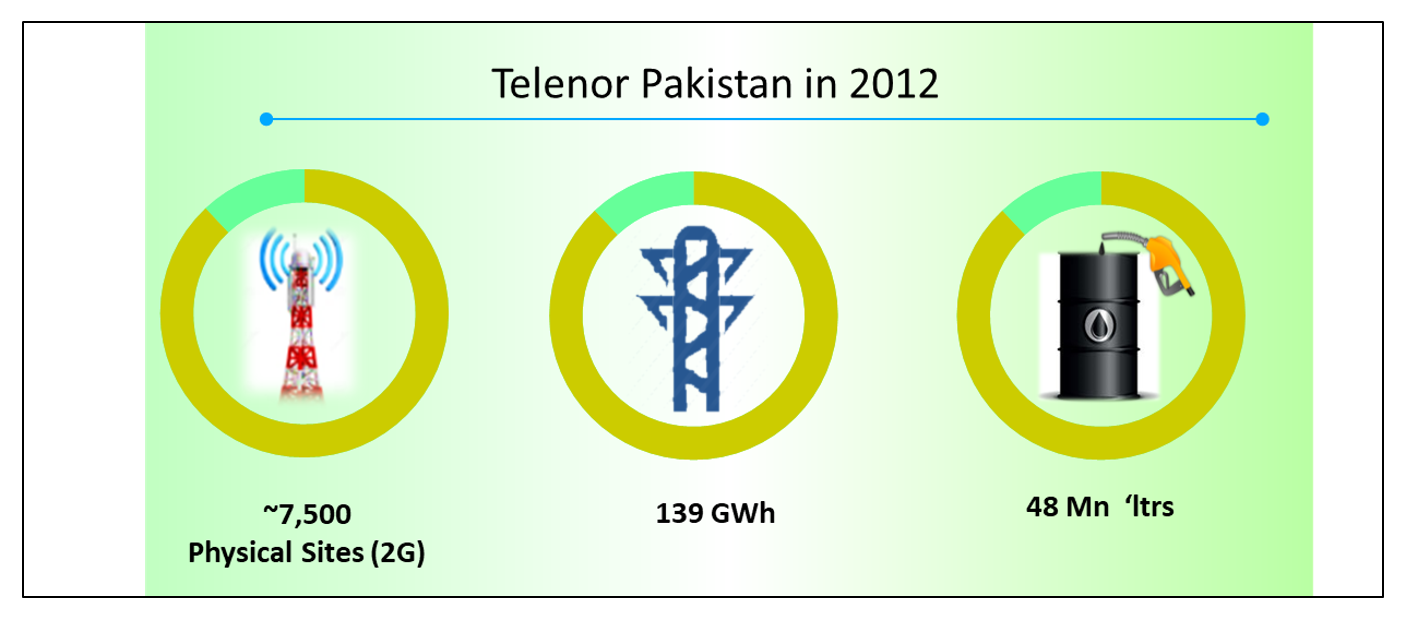 Figure 2: Statistics for 2012
Figure 2: Statistics for 2012
Given these statistics, the continuous operation of a diesel generator system would have equated to using 10,959 litres per hour, resulting in 141 Kilo tonnes of CO2 emissions every year.
[1]https://www.ucsusa.org/clean-vehicles/vehicles-air-pollution-and-human-health/diesel-engines
3. Telenor’s Energy Management Plan
Telenor developed a 5 point Energy Management Plan (EMP) to address these challenges focusing on supply, security and sustainability.
- Fuel efficient and reliable sources of power
- Development of a stronger energy storage backbone
- Efficient technologies inclusion and energy demand reductions
- Power infrastructure sharing for mutual benefit
- Common technical and commercial KPIs
4. Operation Excellence through Energy Management Program
4.1 Fuel Efficient and reliable sources of power
In 2011, Telenor Pakistan initiated its Energy Management Program to manage the network energy requirements amidst the energy crisis. It was a stepwise program, delivering a series of changes, focusing on sustainable and cost-effective energy solutions with the goal of a green network with fuel-free operations. The program allowed for a division of four main phases. To address the gap in supply and demand, and to maintain appropriate TCH availability, it was inevitable to strengthen the diesel-based generation system, while keeping in mind the available storages options on the market.
4.2 Development of a stronger energy storage backbone
The first transition was to move from the dependency on backup power to an enhanced energy storage backbone by modernising the network with multiple battery technologies (VRLA and Li-Ion), enhance the capacity to store energy available from the grid and to reduce genset runtimes. In parallel, the technical and commercial viability of the solutions was assessed by guiding principles as outlined in the below graph.

Figure 3: Power Infrastructure comparison
4.2.1 Remote Monitoring system

Figure 4: Overview of the Remote Monitoring System
In order to ensure efficient network planning and utilisation; fit-for-purpose storage solutions, data based on actual grid conditions, fuel consumption, and power infrastructure is pivotal. For this purpose, a bespoke Remote Monitoring System (RMS) has been implemented for Telenor Pakistan and deployed across the whole network to provide real-time information, management, and control of its entire power infrastructure. The RMS provides a pulse of the network every 90 seconds to give critical information of,
- Fuel Consumption and theft alerts,
- Grid Availability, its cycles and pattern,
- Energy usage of various power sources,
- Remote control of Battery parameters such as LVLD, LVBD,
- Temperature and humidity profiling,
- Cell level monitoring of batteries.
With this information, bespoke site energy solutions were deployed, resulting in the optimisation of both investment and operational expenses. The selection and capacity of batteries were designed and achieved under grid unavailability patterns depicted by the RMS. This action resulted in high-rated VRLA batteries being deployed for longer and deeper discharge applications while the Li-ion batteries deployed enabled for frequent and partial discharge applications. The flagship program that started in 2011, completed its first transition in 2013.
Amongst the salient features of RMS; remote control of rectifier and battery parameters such as charge rate, Low Load Voltage Disconnect (LLVD), Battery Low Voltage Disconnect (BLVD) and Depth of Discharge (DoD) were included. This flexibility helped optimal control of battery usage to ensure minimal operational costs of different grid outages patterns.
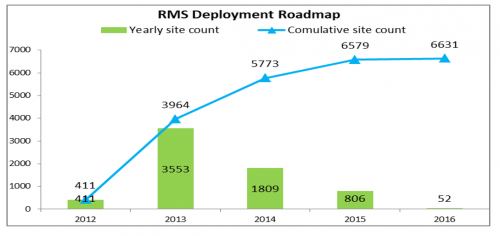
Figure 5: Deployment Roadmap denoting MW
4.3 Efficient technologies inclusion and energy demand reductions
The next phase focused on energy efficiency and energy conservation. In pursuit of this transition, multiple initiatives launched including,
- Outdoor BTS deployment,
- Indoor-to-outdoor conversion of PTN/DWMD sites and deployment of all new transport sites with outdoor only,
- Swapping of end-of-life (EOL) comfort cooling systems with highly efficient precision cooling units,
- Introduction of Radio energy savings features, e.g. ITRX shutdown and BCCH shutdown,
- Modernisation of EOL rectifiers with newer 96% efficient systems,
- Virtualisation and cloud infrastructure for network transformation and efficiency
- Core consolidation and evacuation strategy
4.3.1 Towards green network operations
In parallel, a long-term sustainable green energy generation project commenced, increasing renewable power generation into Telenor’s Pakistan network. Pakistan enjoys long sunny daylight hours for most of the year, making it a suitable for deployment of solar energy solutions. Utilising the extremely remote locations of hilltops, deserts and border/security areas adds to the feasibility for solar solution deployment maximising the high solar irradiation and low cost of land.
 Figure 6: Average insolation and Daylight hours for Pakistan
Figure 6: Average insolation and Daylight hours for Pakistan
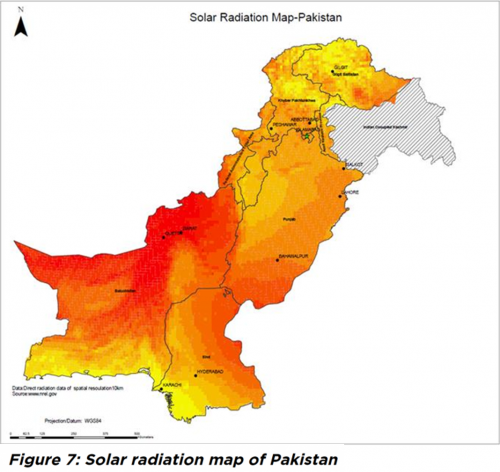
These topographical parameters have contributed to effectively combatting the prolonged grid outages, the complexity of field operations and high fuel consumption and supply chain costs.
Telenor Pakistan prioritised solar solutions for deployment on Off-Grid and sites with the highest fuel consumption.
The renewable energy was a relatively new technology to the South Asia telecom market in 2011, consequentially limited solutions existed, meaning the established use cases resulting in a cyclical equation of overall low-cost effectiveness. Also, the theoretical benefit calculated on average was the operational expenses as per the bulk benefit of a large number of the sites, which proved insignificant. A four-step approach was developed to capture all the identified inefficiencies at each site:-
1. What gets measured gets managed
-
- Telenor’s Green Energy Drive. Remote Monitoring & Management System provided critical information pivotal in designing a fit for purpose solar solution with right autonomy and risk assessment, thus optimising the investment and business case.
2. Selecting the right scope.
The ideal candidate sites for solar solution deployment were;
- The least efficient sites concerning energy OpEx (High grid & fuel consumption),
- Sites in extremely remote locations where operational activities were difficult with high associated supply chain costs,
- High insolation and solar irradiation but relatively low temperatures for a major part of the year to achieve maximum solar efficiency,
- New rollout sites with high energy CapEx (off-grid, high grid connectivity cost),
- Pilferage sites (Fuel & Grid),
- Law and order affected areas where business continuity and regular maintenance was a challenge.
3. Customised solar solution designed
Tailored to site level;
- The number of panels, the storage capacity (installed vs up-gradation); integration with existing power infrastructure at the site
- The solar solution planned over three days autonomy depended on the requirement of fuel provision for rainy and foggy weather with low irradiation.
- Optimised designs for space constraints, as well as, innovative designs including towers, mounted sunshade replacement and standalone solar structures were deployed as per actual site conditions and space availability to minimise investment and improve ROI.
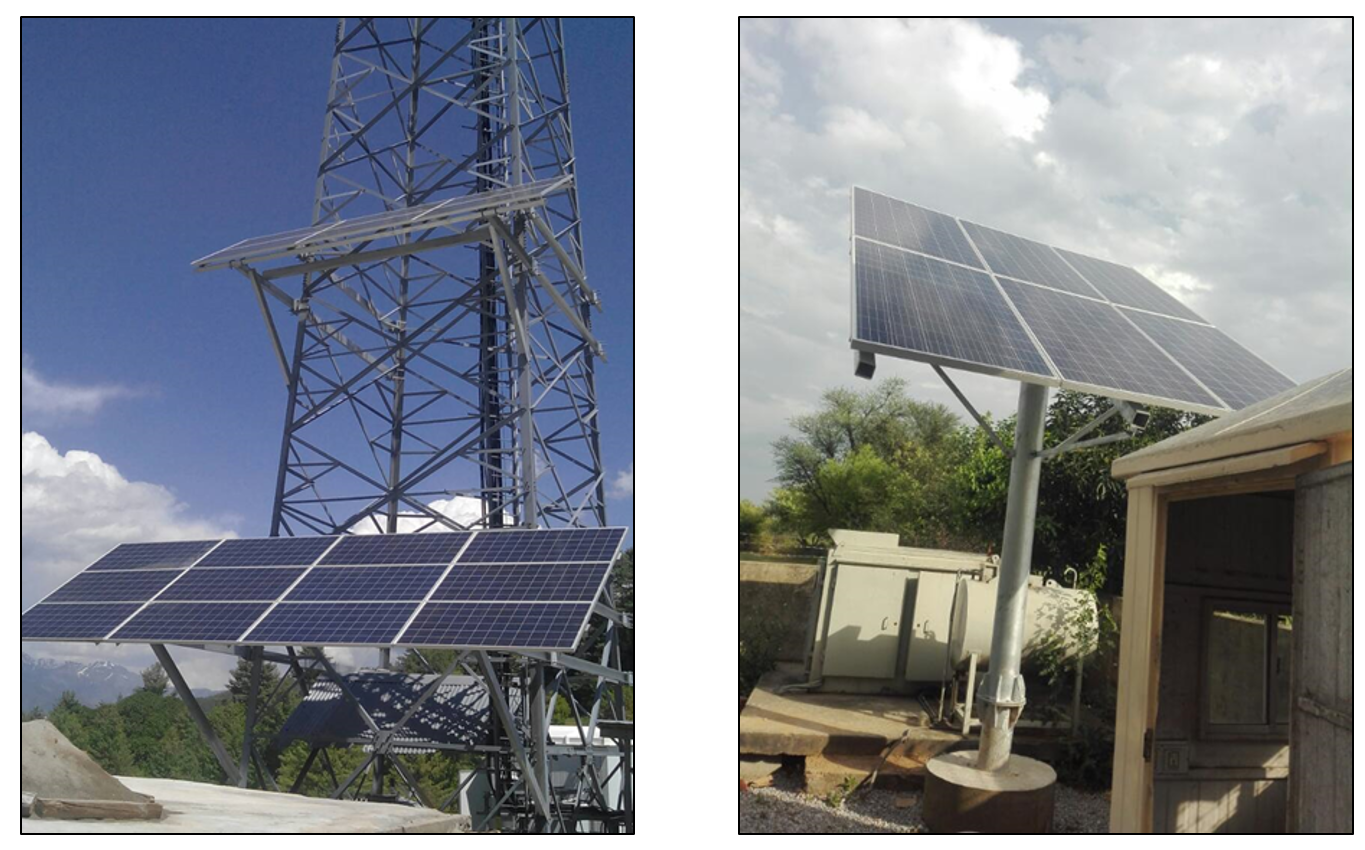
Figure 8: Innovative Tower Mounted Solar Structure (left) and Single Pole Structure (right)
4. In the end, a site-level business case was developed, making it possible to monetise benefits and costs instead of assumptions. The best practices adopted in developing a viable case were:
- Developing a site level, NPV, return on investments and payback period,
- Incorporating site-level real benefits and savings like genset replacement investments, Fuel savings, preventive and corrective maintenances, reduced site visits, Grid consumption reduction, Net metering (where applicable), Carbon footprint reduction, and Carbon credit (where applicable),
- Integration of opportunity costs of the solar solution in TCO analysis,
- The monetisation of risks like pilferage, maintenance, price inflations in TCO analysis,
- Incorporation of sustainable business continuity over product life in Business Case.
The Solar business case, which occurred shortly after incorporating all possible benefits and costs, highlighted an accurate account whereby the average payback period for an off-grid solar solution was three years three months.
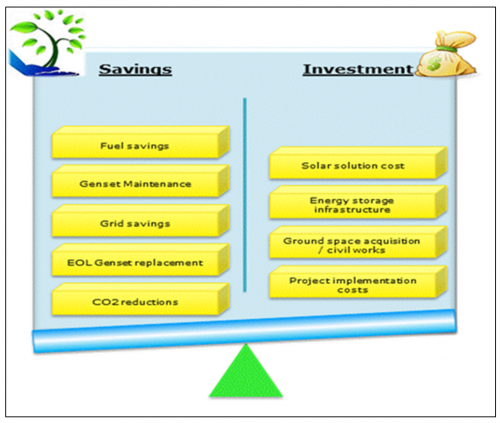
Figure 9: Weight of savings over investment
Energy efficiency and conservation strategy resulted in a 20GWH reduction in energy and a considerable increase in battery backup resulting in a reduction of genset run hours.
4.4 Sharing for Mutual benefit
Infrastructure sharing was a key pillar of the energy management program and prioritised the sharing model to ensure efficiency and rapid growth of the network. Starting in 2013, Telenor Pakistan adopted a sharing model for mutual benefit. In 5 years more than 2000 BTS sites were deployed as Telenor Pakistan guest with Other Mobile Operators (OMOs), utilising space and power infrastructure. Telenor Pakistan shared its infrastructure with OMOs on more than 1000 sites proving space on ground and towers and by sharing power with multiple scenarios like DC sharing, DG sharing and Grid sharing.
4.5 Common technical and commercial KPIs
Operation of infrastructure was revolutionised, along with the Cluster-Based Operating Model (CBOM), causing the network to be divided into different clusters. Cross-functional teams consisting of technology and commercial divisions were assigned clusters with common KPIs for OpEx and revenues. Incentives were attached to monthly targets. This model turned out to be one of the best-operating models in Pakistan. It helped to achieve efficiency and OpEx targets set by the energy management program.
5. Projects
5.1 Efficiency driven projects
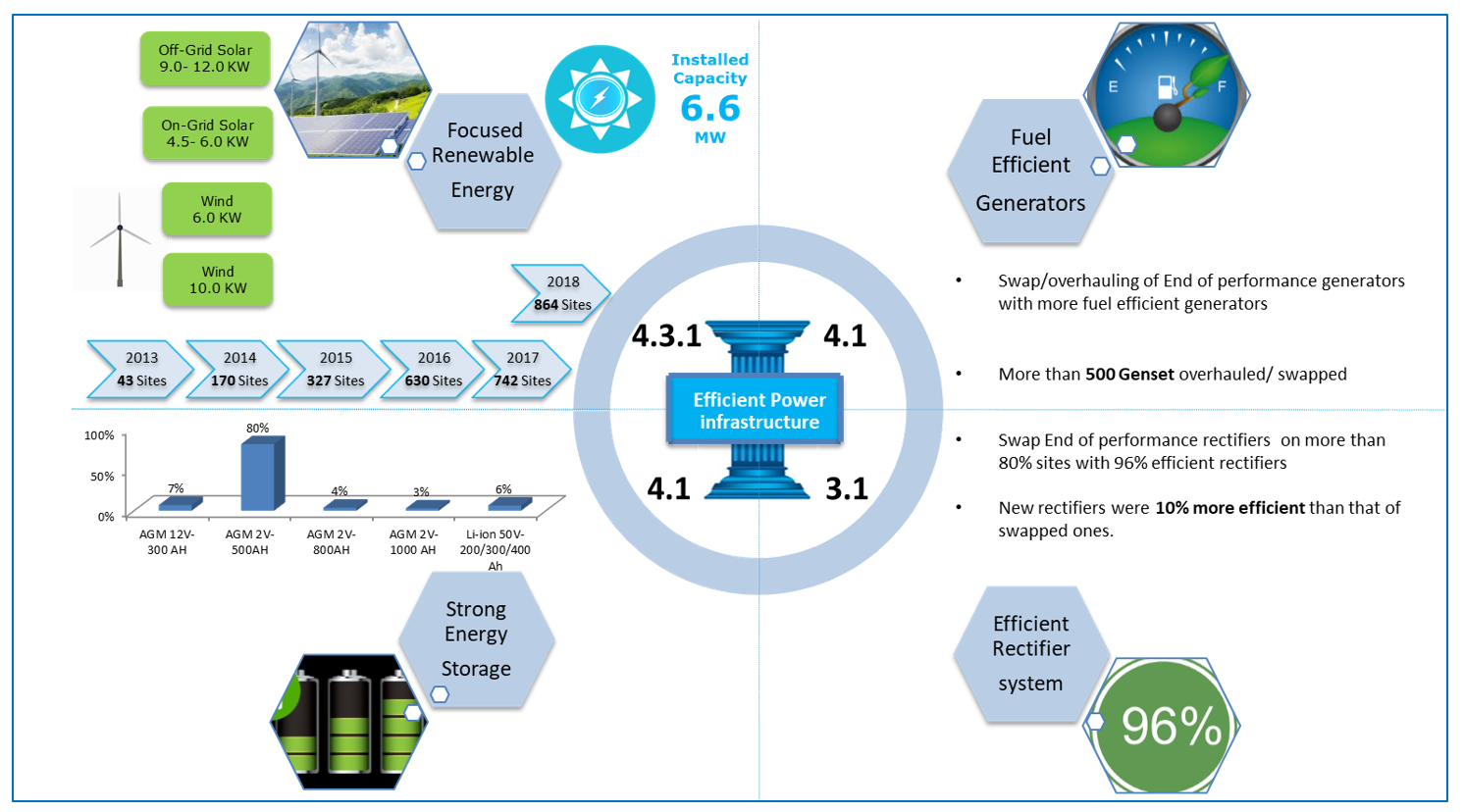
Figure 10: First pillar of energy management strategy focusing on efficient power infrastructure
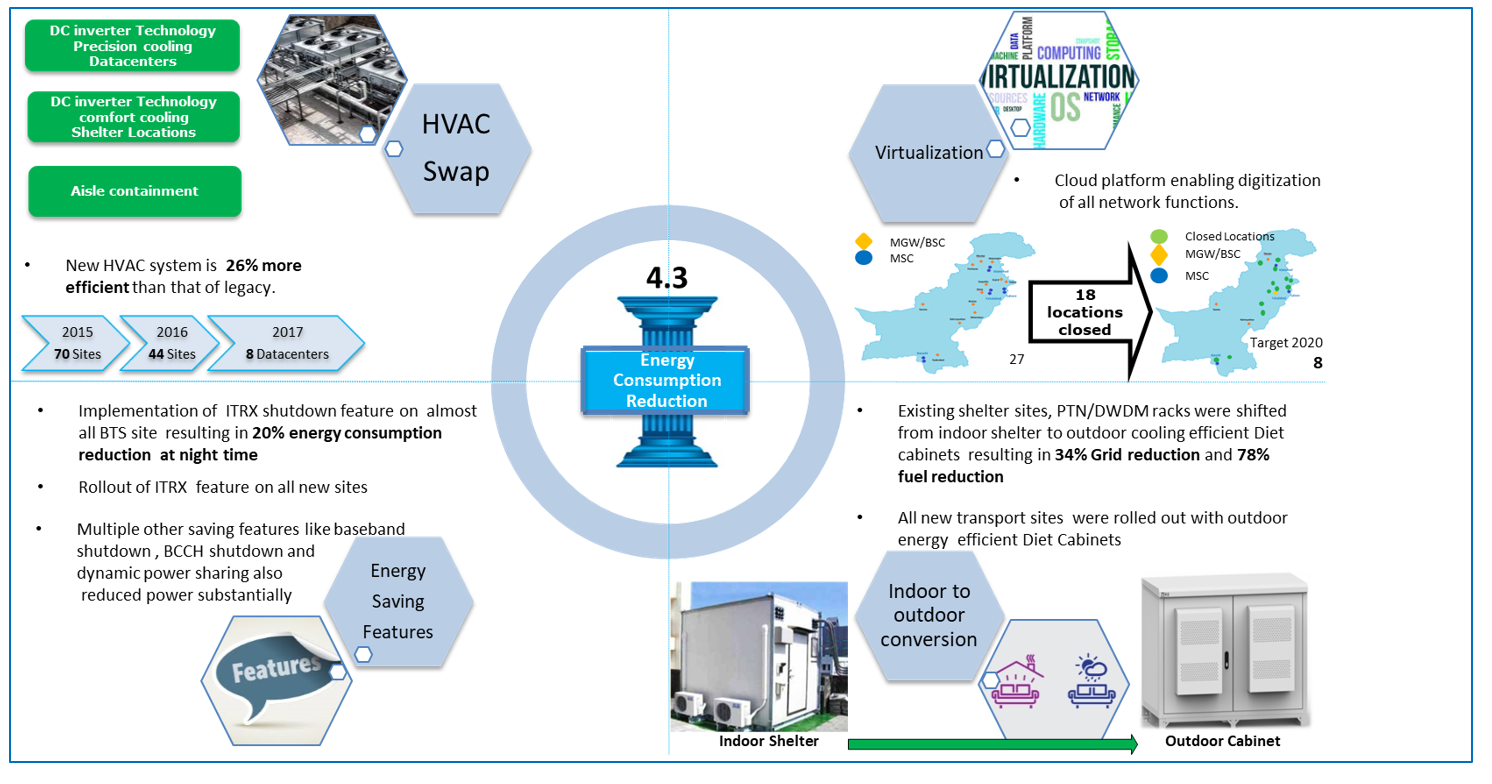
Figure 11: Second pillar strategy focusing on energy consumption reduction
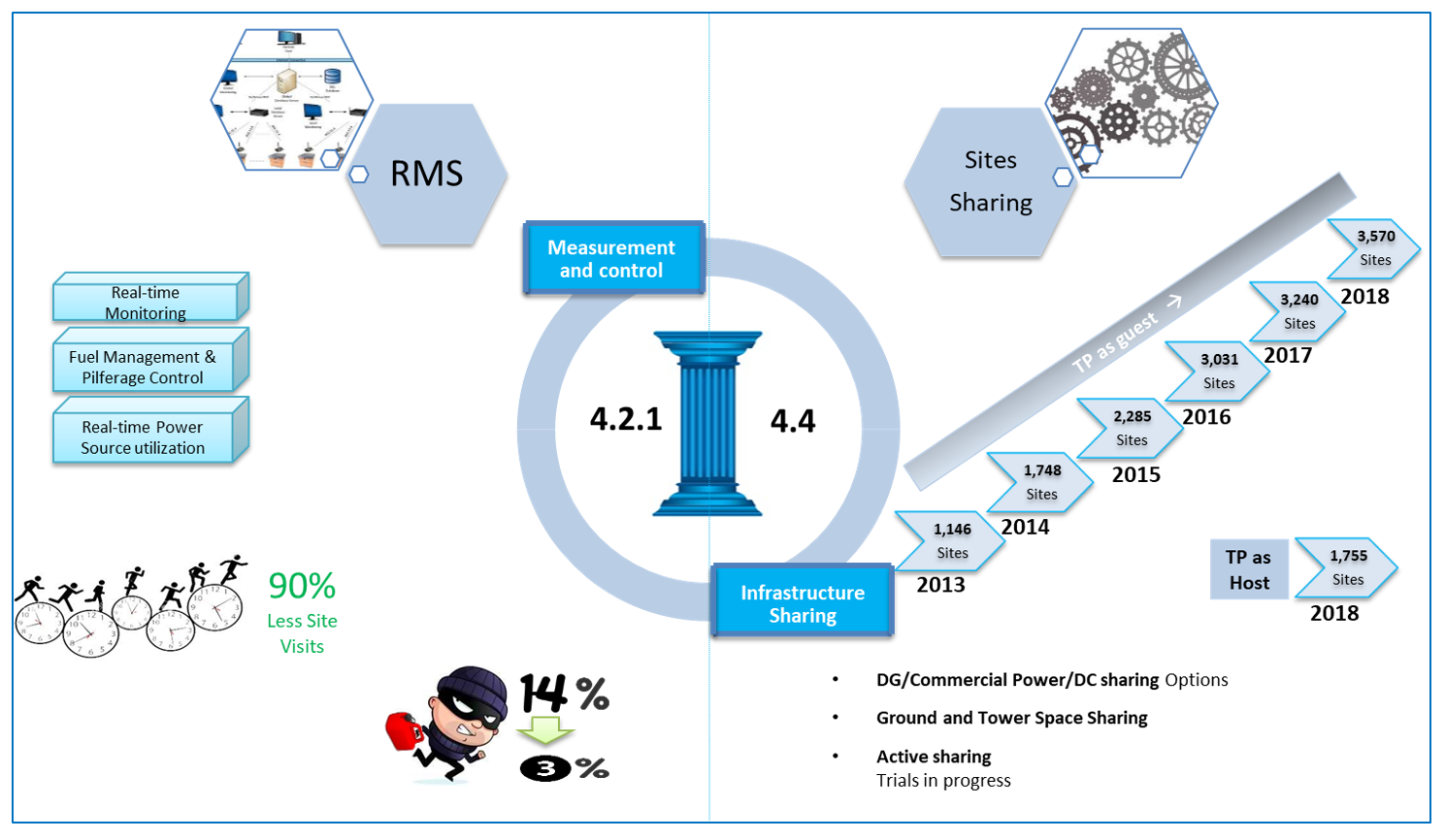
Figure 12: Second pillar strategy focusing on Measurement and Control and Infrastructure Sharing
6. Impact of Program
Globally, Telenor was ranked in the top quartile by the GSMA’s benchmarking activity conducted in 2014.
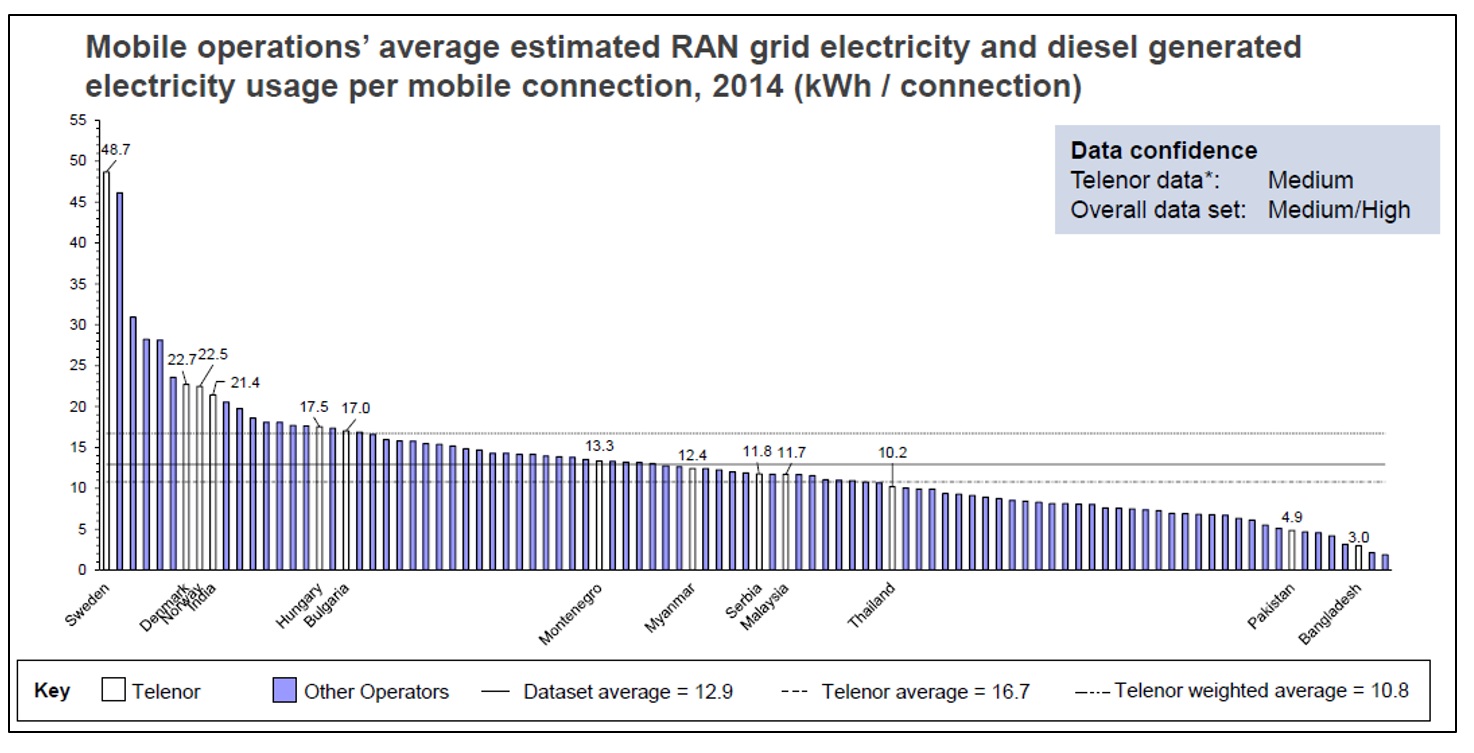
Telenor Pakistan was categorised as the best-in-class by GSMA in Mobile Energy Efficiency country (for Pakistan) benchmarking for 2014. Telenor’s flagship program started with converting the threat of grid outages into an opportunity for making a transition to Greener Network Operations. It created a massive impact not only in company energy footprint reduction but on the environment and ecosystem of Pakistan as well.
The program, from its inception to date, has reduced the fuel consumption and diesel carbon emissions of Telenor Pakistan by 67 %. The impact denoted a saving of 2,360,000 trees every year. This was achieved, despite the energy crisis worsening in the country and the equipment load, which increased 100% as of result of 3G and 4G layer upgrade. Also, the program has reduced to-date, the energy spending of Telenor by 49% over the same period.
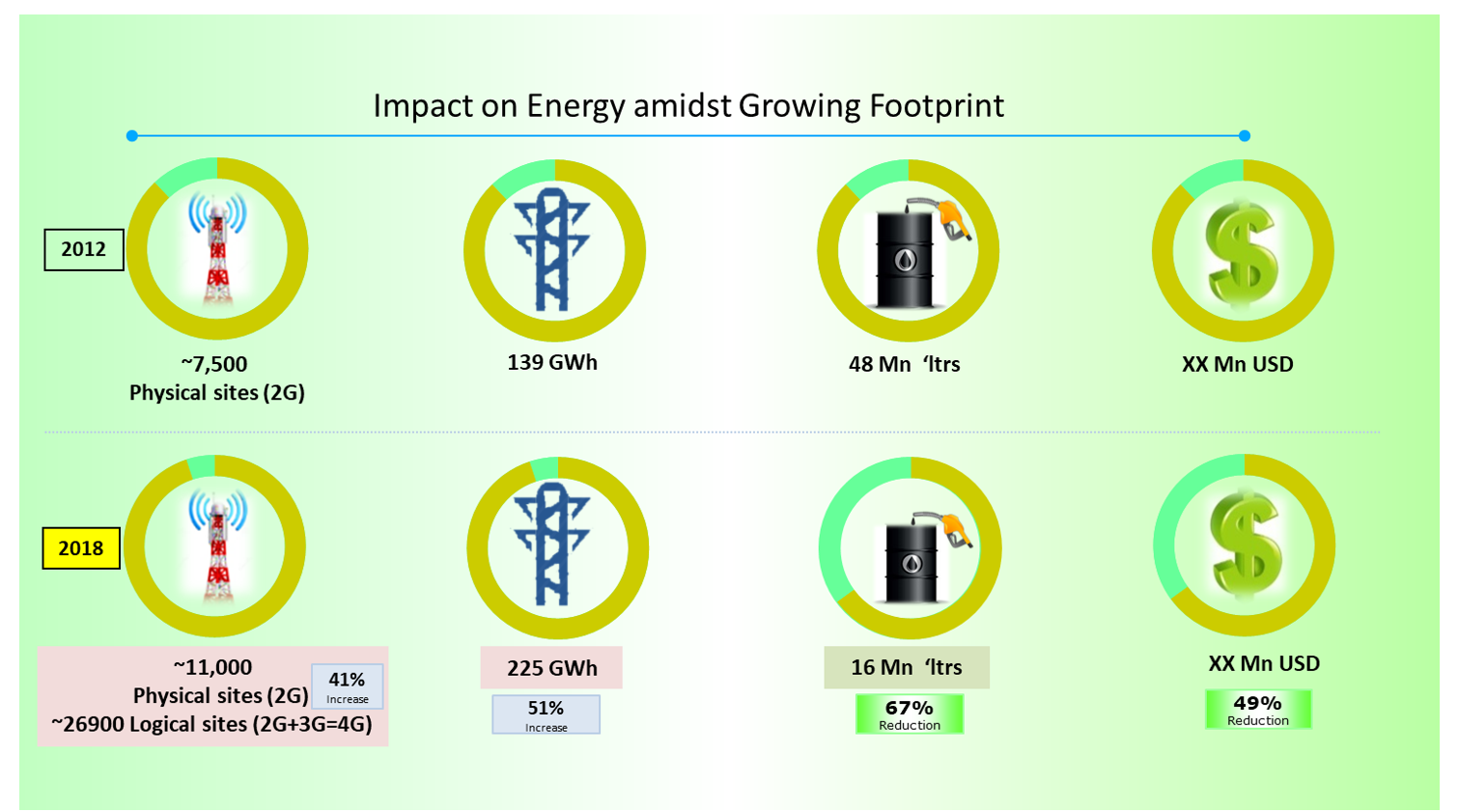
Figure 13: Comparison of 2012 and 2018 network
6.1 Impact on energy OpEx
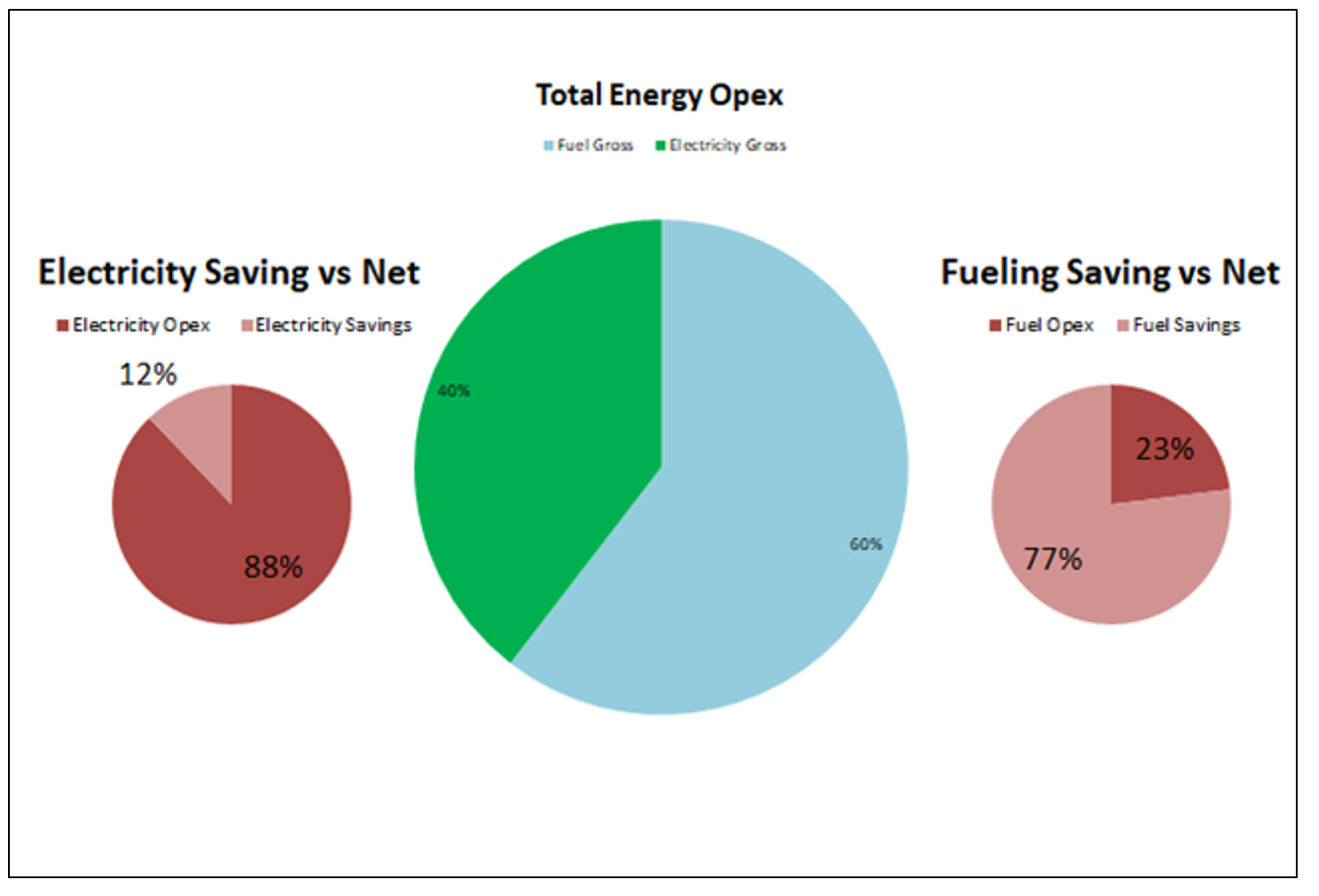
Figure 14: Percentage of electricity and fuel savings in 2018
6.2 Savings contribution of each initiative
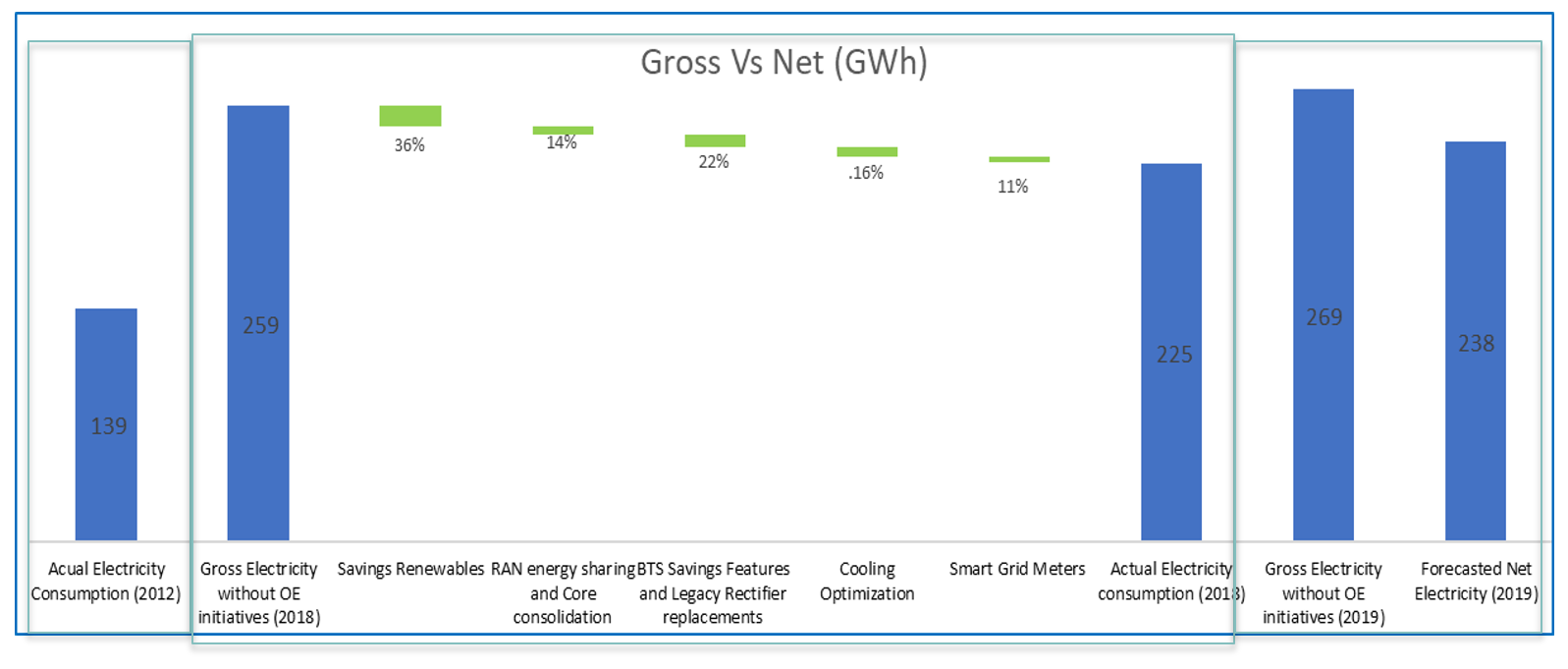
Figure 15: Contribution of different initiatives in electricity savings

Figure 16: Contribution of different initiatives in fuel savings
7. Continuing the efficiency journey
Telenor Pakistan has deployed the solar solution on the rooftop of the world – The Himalayas, the deserts of Cholistan, the remote tribal belt of Pakistan, and the rugged terrain of Balochistan with positive results. Tailor-made energy storage solutions, with the approach – one size does NOT fit all, and all installations were monitored remotely through RMS.
Telenor Pakistan aims to continue the journey of energy efficiency with same zeal and spirit in the days to come and achieve even more to reduce energy consumption, the subsequent operational cost and its adverse effects on the environment by reducing carbon footprint.

Figure 17: Ambition of network availability without dependency on fuel
As energy efficiency continues to gain attention as a key resource, understanding its real value is increasingly important. Energy supply-demand gap in certain business environment requires an energy management program, not by choice but a compulsion. In 2011, the shortfall between demand and generation resulted in more than 10 hours of daily grid outages in Pakistan. Telenor Pakistan faced the same challenge and had to initiate energy efficiency program for sustainable business in Pakistan.
Telenor’s Energy efficiency policy expanded the perspective of energy efficiency beyond the traditional measures of reduced energy demand and lower greenhouse gas (GHG) emissions by identifying and measuring its impacts across many different spheres. Investment in energy efficiency provided many benefits not only by directly reducing energy demand and associated costs but also facilitating the achievement of other objectives (e.g. making environment healthier and boosting network rollout).
As part of Energy Management Plan (EMP) an immediate contingency response was prepared to build private power generation infrastructure. Energy storage as backbone was strengthened from small standby batteries to high capacity cyclic and then fast charging batteries to reduce diesel consumption. Almost all sites were equipped with Remote Monitoring Solutions to track targeted fuel savings and TCH availability of site. Solar solutions were deployed at technically and commercially feasible sites which substantially reduced fuel usage at poor grid sites.
Under the umbrella program of core consolidation, MSc locations were consolidated. Special focus was given to power infrastructure that was approaching end of its life and was timely overhauled/swapped. Efficiency was brought in by swap of legacy cooling systems on MSCs with Inverter type precision units. The cluster-based operating model which enabled common KPIs also helped achieve fuel and OPEX targets.
The program, from its inception to date, has reduced the fuel consumption and diesel carbon emissions of Telenor Pakistan by 67%. The impact denoted a saving of 2,360,000 trees every year. This was achieved, despite the energy crisis worsening in the country and the equipment load, which increased more than 100% as of result of 3G and 4G layer upgrade. Also, the program has reduced to-date, the energy spending of Telenor by 49% over the same period. Telenor Pakistan has done it, and we urge other operators to follow the footsteps.
